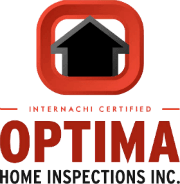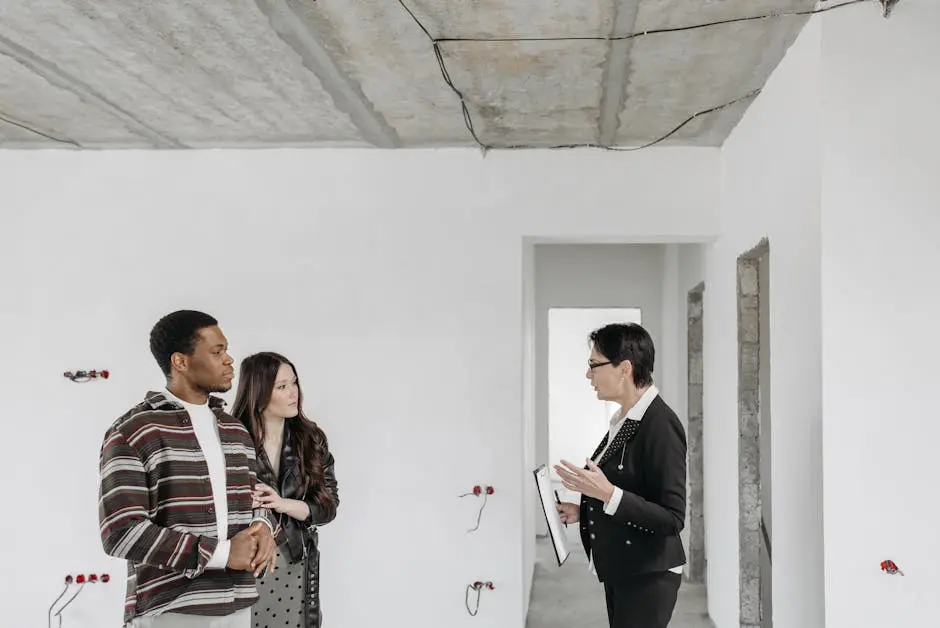Buying a home is one of the biggest decisions you’ll make, and ensuring it’s safe should be a top priority. In Poughkeepsie, one hidden danger potential homeowners need to be aware of is radon—a colorless, odorless gas that can have serious health implications. This blog sheds light on why testing for radon is essential before purchasing a property in this region.
Understanding Radon: What is it and Why Does it Matter?
Radon is a naturally occurring radioactive gas that results from the decay of uranium in soils. It’s invisible and odorless, making it difficult to detect without proper testing. Long-term exposure to high levels of radon can lead to serious health problems, including lung cancer. According to the Environmental Protection Agency (EPA), radon is the second leading cause of lung cancer in the United States, right after smoking. This makes understanding and mitigating radon even more crucial.
What makes radon especially dangerous is its ability to get trapped indoors. As homes become more energy-efficient, they often have less ventilation, allowing radon levels to increase inside. This indoor accumulation poses significant risks to residents’ health. Given Poughkeepsie’s geographical makeup, with soil and rock formations that can easily release radon, awareness and proactive testing become essential parts of home ownership in the area.
Why Poughkeepsie Homebuyers Should be Concerned About Radon
Poughkeepsie, like many areas, can have elevated radon levels due to its geological characteristics. Understanding local radon prevalence is crucial for homebuyers aiming to safeguard their health and make informed purchasing decisions. Studies have shown that the Hudson Valley region, including Poughkeepsie, often registers higher-than-average radon levels. This is partly due to the unique soil composition and the presence of rocky, uranium-rich substrata which easily emit radon gas.
For prospective homebuyers, being armed with this knowledge can significantly influence their purchasing decisions. It becomes imperative to not only focus on visible features like the home’s structure and amenities but also on invisible threats such as radon. Establishing a testing protocol gives an added layer of security and peace of mind, ensuring you aren’t unwittingly exposing your family to potential health dangers. Furthermore, local geological surveys can provide insights into regions with known elevated radon levels, assisting buyers in their home selection process.
The Process of Testing for Radon in Your Future Home
Testing for radon is a simple yet pivotal step homebuyers should take before finalizing a purchase. Most tests involve placing a detector in the lowest lived-in level of the home for a certain period. The results can indicate if action is needed to reduce radon levels. It is often recommended to perform both short-term and long-term tests to account for fluctuations in radon levels due to changes in weather or home ventilation patterns.
There are several types of radon test kits available. For ease and accuracy, you might opt for professional testing services that provide comprehensive results. However, do-it-yourself kits are also widely available and straightforward to use. The EPA strongly recommends testing before purchasing any home, urging buyers to insist on radon test results as part of the real estate transaction process. Having these results not only informs buyers but can also serve as a valuable bargaining tool if mitigation is required.
Technological advancements have made radon testing more efficient and accessible. Smart radon detectors can provide real-time updates and can even alert homeowners through connected devices, allowing for continuous monitoring. This innovation offers homeowners ongoing peace of mind, ensuring any potential changes in radon levels are detected early, prompting timely intervention.
Mitigating Radon: Solutions for a Safer Home
If a radon test reveals high levels, there are effective mitigation techniques available. Professional radon reduction systems, such as sub-slab depressurization, can significantly lower radon concentrations, ensuring a healthier indoor environment. This involves the installation of pipes and a fan to help vent radon gas outside, keeping indoor levels safe.
Beyond sub-slab depressurization, other techniques like sealing cracks in floors and walls or increasing ventilation can aid in reducing radon levels. A combination of methods often yields the best results, providing a multi-layered defense against radon intrusion. It’s always advisable to hire certified professionals for mitigation work, ensuring that the solutions implemented are effective and up to standard.
Investing in radon mitigation not only protects health but can also increase a home’s resale value. Future buyers will appreciate the added safety measure already in place, reflecting well on the current homeowner’s responsibility and foresight. Ensuring radon levels are controlled can be an attractive selling point, enhancing the property’s appeal on the market.
Integrating Radon Testing Into the Home Buying Process
Incorporate radon testing as a standard part of your home buying checklist. It not only protects your health but also provides peace of mind and can be a pivotal negotiation point during real estate transactions. By requesting a radon test as part of the home inspection process, you ensure any issues are discovered early and can be addressed or negotiated before finalizing the deal.
Think of radon testing as an investment in your family’s long-term health and well-being. Successfully mitigating high radon levels is much easier and cost-effective than dealing with potential health consequences later on. Homebuyers should also consider ongoing radon monitoring after purchase, to continually safeguard their homes and prevent future exposure risks.
By taking radon seriously from the outset, buyers can avoid potential surprises and additional mitigation costs post-purchase. This proactive approach showcases a keen attention to detail, invaluable in the home buying process. By emphasizing radon testing in your real estate strategy, you position yourself as an informed and prepared buyer, ready to ensure a safe living environment for your household.
Ensuring a Safe and Healthy Home Environment
Ensuring the safety of your new home in Poughkeepsie should be a priority, and radon testing is a critical part of that process. By understanding the risks and taking proactive steps to test and mitigate radon levels, you can provide a safe and healthy environment for your family. Don’t overlook this vital step in your home buying journey. Learn more about how Optima Home Inspections can assist you in creating a safer home environment by visiting our homepage.


